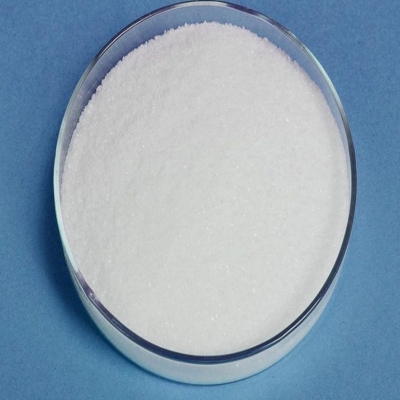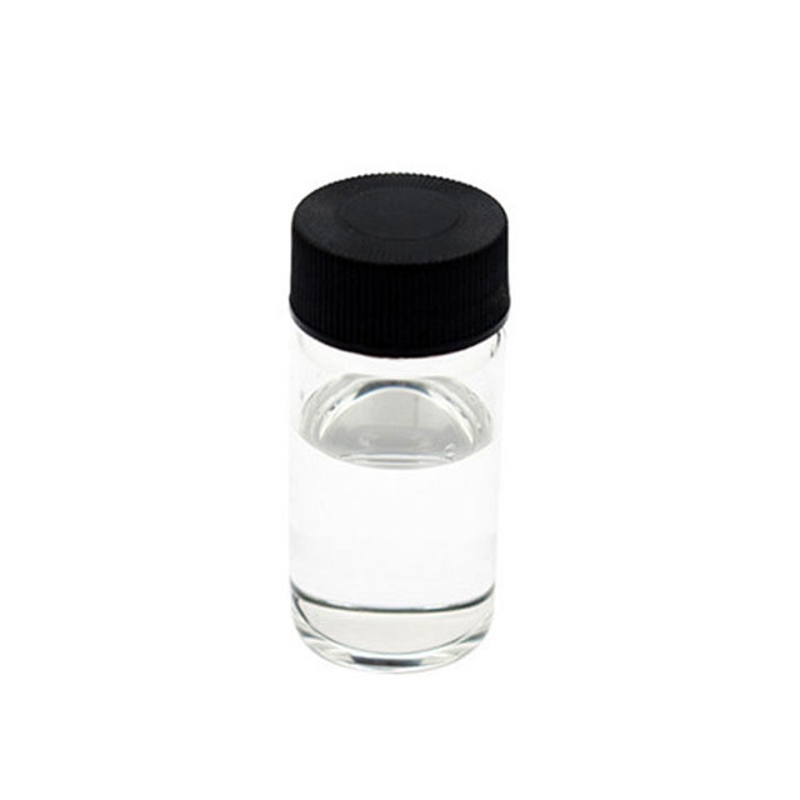-
Categories
-
Pharmaceutical Intermediates
-
Active Pharmaceutical Ingredients
-
Food Additives
- Industrial Coatings
- Agrochemicals
- Dyes and Pigments
- Surfactant
- Flavors and Fragrances
- Chemical Reagents
- Catalyst and Auxiliary
- Natural Products
- Inorganic Chemistry
-
Organic Chemistry
-
Biochemical Engineering
- Analytical Chemistry
- Cosmetic Ingredient
-
Pharmaceutical Intermediates
Promotion
ECHEMI Mall
Wholesale
Weekly Price
Exhibition
News
-
Trade Service
7。
,(AD)。,、、,、、。,,,。
,、。,。,AD,。(CoNS),,、A。
On February 22, 2021, the Richard L.
Gallo research team of the University of California made the latest progress, and published a publication titled "Development of a human skin commensal microbe for bacteriotherapy of atopic dermatitis and use in a phase 1 randomized" in the journal Nature Medicine.
"Clinical trial" article, reporting on the development of human skin symbiotic microorganisms for the treatment of atopic dermatitis (AD) and their use in phase 1 randomized clinical trials.
First, the research team conducted selection and preclinical testing of symbiotic bacteria that are beneficial to human skin.
The researchers screened more than 8,000 CoNS bacteria from the skin of healthy subjects, identified several strains that have the ability to inhibit the growth of Staphylococcus aureus in vitro, and further evaluated other characteristics.
The results showed that a strain of human streptococcus (ShA9) was selected in the AD11 mouse model, and its survival rate against Staphylococcus aureus was 99.
Subsequently, the researchers evaluated the safety of ShA9 on the skin of participants with AD, and designed a randomized, double-blind phase 1 human clinical trial to better understand the mechanism of action and explore the effects of ShA9 on humans.
Potential therapeutic effects on the skin.
The included population was adults with moderate to severe AD on the ventral arm (n = 54), and patients with positive Staphylococcus aureus cultures.
Participants were randomized at a ratio of 2:1.
36 received ShA9 and 18 received alone Placebo, ShA9 or placebo was applied topically to the ventral side of the forearm twice a day for 7 days.
The results of the trial showed that participants who received ShA9 had fewer adverse events related to AD.
There was no significant difference in the severity of eczema in all participants who received ShA9.
However, when the secondary endpoint was observed and reached, Staphylococcus aureus Significantly reduced, ShA9 DNA increased.
In short, the researchers proposed that the best treatment for AD is to restore the epidermal barrier defect while suppressing the cause of inflammation.
The data of the current study shows that this new treatment method that uses symbiotic microorganisms to protect the skin is safe within 7 days.
(Biological Exploration)
Reference materials:
https:// style="text-align:justify;text-indent:2em;">This new treatment method that uses symbiotic microorganisms to protect the skin is safe within 7 days.
I believe that many people have suffered from dermatitis, especially atopic dermatitis (AD).
Atopic dermatitis, also known as atopic eczema, is a common chronic, recurrent, and inflammatory skin disease.
The clinical manifestations are mainly dry skin, eczema-like rash, and severe itching.
The pathophysiology of atopic dermatitis involves many factors, including host genetics, changes in skin barrier function, and immune abnormalities.
Atopic dermatitis is usually characterized by the overgrowth of Staphylococcus aureus, which then triggers proteolytic destruction of the epidermal barrier and immune disorders.
Unfortunately, attempts to treat AD with systemic and topical antibiotics did not directly kill surface bacteria and improve skin inflammation.
On February 22, 2021, the Richard L.
Gallo research team of the University of California made the latest progress, and published a publication titled "Development of a human skin commensal microbe for bacteriotherapy of atopic dermatitis and use in a phase 1 randomized" in the journal Nature Medicine.
"Clinical trial" article, reporting on the development of human skin symbiotic microorganisms for the treatment of atopic dermatitis (AD) and their use in phase 1 randomized clinical trials.
First, the research team conducted selection and preclinical testing of symbiotic bacteria that are beneficial to human skin.
The researchers screened more than 8,000 CoNS bacteria from the skin of healthy subjects, identified several strains that have the ability to inhibit the growth of Staphylococcus aureus in vitro, and further evaluated other characteristics.
The results showed that a strain of human streptococcus (ShA9) was selected in the AD11 mouse model, and its survival rate against Staphylococcus aureus was 99.
Subsequently, the researchers evaluated the safety of ShA9 on the skin of participants with AD, and designed a randomized, double-blind phase 1 human clinical trial to better understand the mechanism of action and explore the effects of ShA9 on humans.
Potential therapeutic effects on the skin.
The included population was adults with moderate to severe AD on the ventral arm (n = 54), and patients with positive Staphylococcus aureus cultures.
Participants were randomized at a ratio of 2:1.
36 received ShA9 and 18 received alone Placebo, ShA9 or placebo was applied topically to the ventral side of the forearm twice a day for 7 days.
Obtain clinical evaluation and skin swabs during the treatment period 1 hour before and after the first application on day 1.
On the 4th and 7th day of treatment, the swabs are also collected and performed approximately 30 days after the last administration Telephone follow-up evaluation.
The results of the trial showed that participants who received ShA9 had fewer adverse events related to AD.
There was no significant difference in the severity of eczema in all participants who received ShA9.
However, when the secondary endpoint was observed and reached, Staphylococcus aureus Significantly reduced, ShA9 DNA increased.
Some of the participants’ Staphylococcus aureus strains were not directly killed by ShA9, but the mRNAs expressing Staphylococcus aureus toxin in all strains were suppressed.
In general, two-thirds of the participants had improved symptoms, and the severity of local eczema had improved.
These observations prove the safety and potential benefits of bacterial therapy for AD.
In short, the researchers proposed that the best treatment for AD is to restore the epidermal barrier defect while suppressing the cause of inflammation.
The data of the current study shows that this new treatment method that uses symbiotic microorganisms to protect the skin is safe within 7 days.
(Biological Exploration)
Reference materials:
https://







